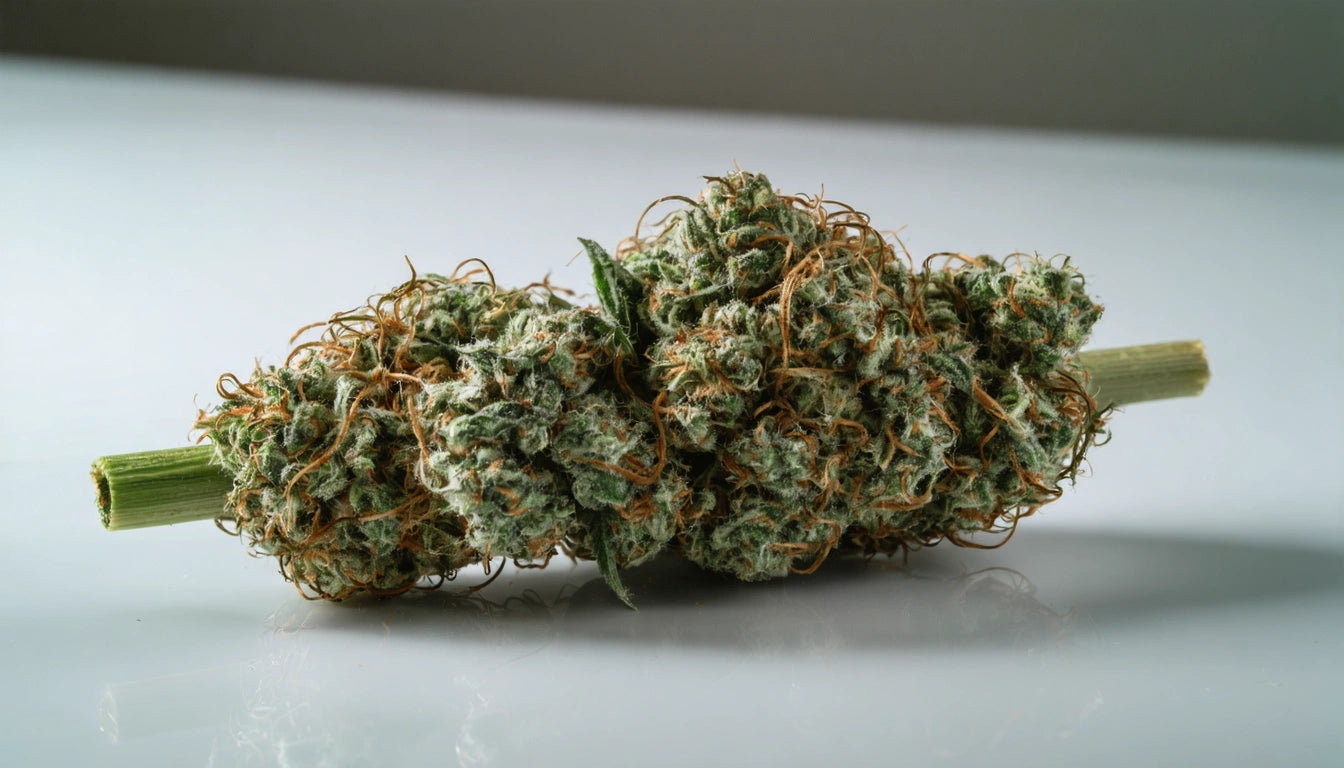Table of Contents
Creative and Effective Packaging Ideas for Baked Goods and Kitchenware
Packaging plays a crucial role in preserving the quality, extending the shelf life, and enhancing the appeal of baked goods. For bakeries and food businesses, selecting the right packaging solution can significantly impact customer satisfaction and business success. This guide explores innovative ideas for packaging baked goods and kitchenware that balance functionality, aesthetics, and sustainability.
Essential Considerations for Baked Goods Packaging
When developing packaging for baked items, several factors must be prioritized to ensure product integrity and consumer safety.
Moisture Control and Freshness
Baked goods require packaging that manages moisture effectively. Items like bread and pastries need breathable packaging to prevent sogginess, while cakes and cookies benefit from airtight containers that lock in moisture. Food processors have discovered many ways to package food products based on their specific moisture requirements.
Safety and Compliance
Safety considerations are paramount in food packaging. According to packaging safety regulations from the Consumer Healthcare Products Association, certain products require child-resistant packaging to prevent accidental ingestion, particularly for items containing potentially harmful ingredients. This is especially important for baked goods containing nuts, alcohol, or cannabis-infused products in applicable markets.
Temperature Considerations
Different baked goods have varying temperature needs during transport and storage. Packaging must account for items served hot versus those requiring refrigeration. Materials should maintain structural integrity across temperature ranges without transferring odors or tastes to the food.
Innovative Materials for Food Packaging
The market offers numerous material options for bakery packaging, each with distinct advantages.
Paper-Based Solutions
Paper-based packaging remains popular for its versatility and eco-friendly profile. Options include:
- Kraft paper boxes for cookies and pastries
- Corrugated cardboard for sturdier items like pies
- Greaseproof paper for oily baked goods
- Paper bags with viewing windows for bread and rolls
These materials can be easily customized with branding elements while providing necessary protection. For more creative approaches to paper packaging, explore eco-friendly packaging ideas that can be adapted for bakery use.
Plastic and Composite Materials
When moisture barrier properties are essential, food-grade plastics offer effective solutions:
- PET containers for high-visibility presentation
- Biodegradable plastics for environmentally-conscious brands
- Modified atmosphere packaging for extended shelf life
Presentation Strategies That Boost Sales
Effective bakery packaging ideas go beyond functional considerations to create memorable brand experiences.
Custom Shapes and Structures
Unique packaging shapes can differentiate products on crowded shelves. Pie packaging ideas often incorporate custom-shaped boxes that protect delicate crusts while showcasing the product. Custom packaging design allows bakeries to create signature presentations that customers associate with quality.
Transparency and Visibility
Allowing customers to see baked goods before purchase builds trust and appetite appeal. Windows, clear panels, and transparent materials work well for showcasing visually appealing items. This strategy is particularly effective for colorful pastries, decorated cookies, and artisanal breads.
Kitchenware Packaging Solutions
Packaging for cookware and kitchen tools presents different challenges than food packaging but shares the need for protection and presentation value.
Protective Elements for Fragile Items
Kitchenware packaging must prioritize protection during shipping and handling. Techniques include:
- Custom foam inserts for precise fit
- Corrugated dividers for sets of items
- Suspension packaging for delicate glassware
- Reinforced corners for heavy cookware
These protective elements ensure products arrive intact while minimizing material waste. Cost-effective packaging solutions can help smaller kitchenware brands compete with larger manufacturers without sacrificing protection.
Unboxing Experience Design
The unboxing experience has become increasingly important for kitchenware brands. Thoughtful packaging design creates anticipation and reinforces perceived value. Elements like magnetic closures, ribbon pulls, and layered reveals can transform a simple purchase into a memorable event.
Sustainability Practices in Food Packaging
Environmental considerations are increasingly influencing packaging decisions in the food industry.
Compostable and Biodegradable Options
Many bakeries are transitioning to fully compostable packaging made from materials like:
- Bagasse (sugarcane fiber)
- PLA (corn-based plastic)
- Mushroom packaging
- Seaweed-based films
These materials break down naturally after use, reducing environmental impact. Industry packaging trends indicate growing consumer preference for brands that prioritize sustainability.
Minimalist Packaging Approaches
Reducing packaging material altogether represents another sustainable approach. Minimalist designs use less material while maintaining necessary protection. This strategy often appeals to eco-conscious consumers while potentially reducing packaging costs.
Future Packaging Trends for Bakeries and Kitchenware
The packaging landscape continues to evolve with new technologies and changing consumer preferences. Forward-thinking bakeries and kitchenware brands should monitor developments in:
- Smart packaging with freshness indicators
- QR codes linking to product information and recipes
- Antimicrobial packaging surfaces
- Edible packaging materials
- Packaging that extends product shelf life naturally
These innovations address consumer demands for convenience, information, and sustainability. Innovative packaging solutions will continue to transform how baked goods and kitchenware reach consumers, creating new opportunities for brands to differentiate their offerings.
By thoughtfully considering materials, design, functionality, and environmental impact, businesses can develop packaging solutions that preserve product quality while delighting customers and reinforcing brand values. The most successful packaging strategies balance these considerations with practical concerns like cost efficiency and operational integration.











Leave a comment
All comments are moderated before being published.
This site is protected by hCaptcha and the hCaptcha Privacy Policy and Terms of Service apply.